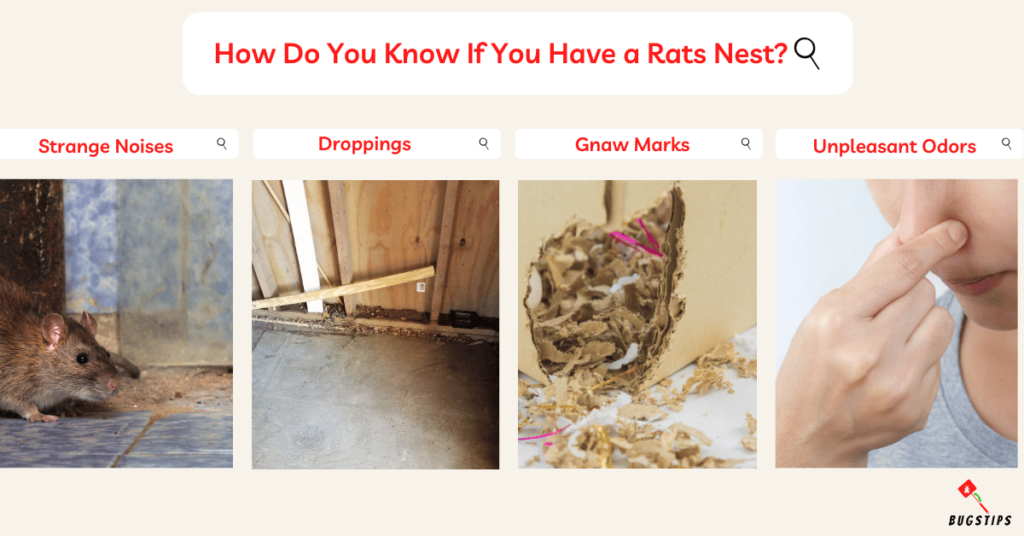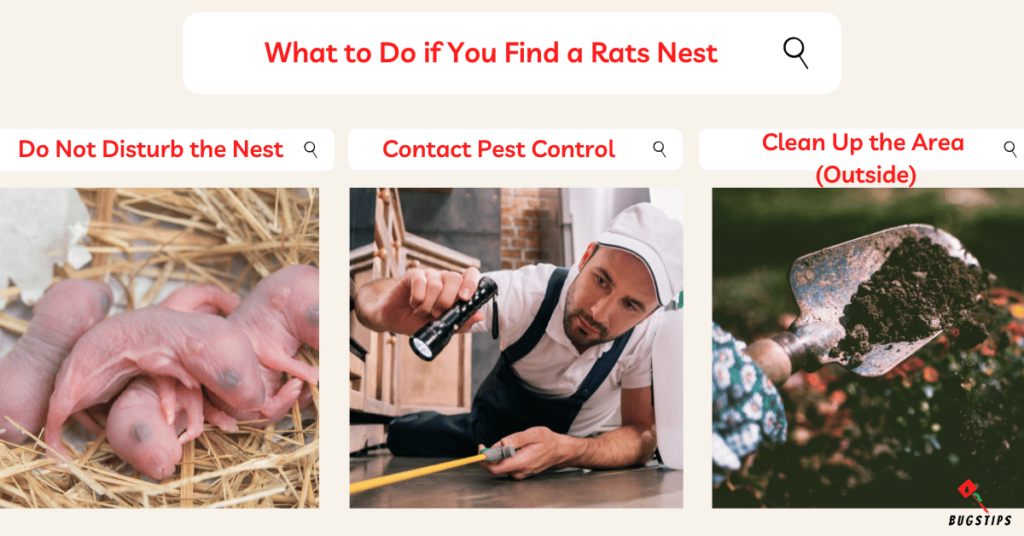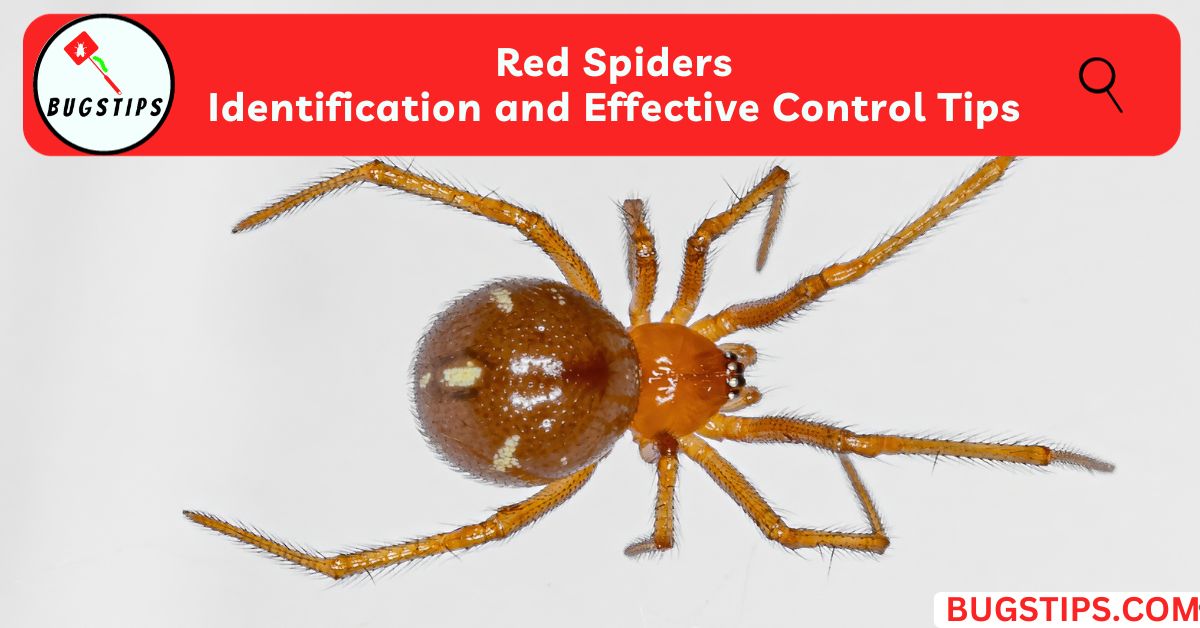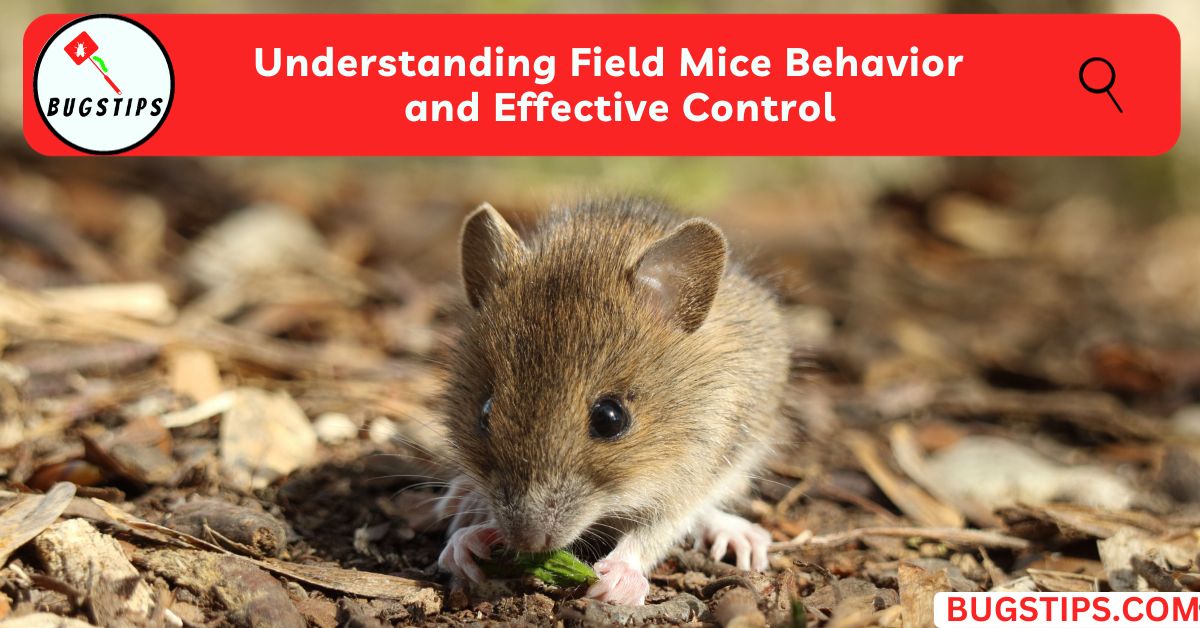This post may contain affiliate links which means as an Amazon Associate, this site may earn a small commission on qualified purchases made through links at no extra cost to you. Learn more on Affiliate Disclosure
Dealing with rats can be a real headache and discovering a rats nest can be a sign of a larger problem.
These nests are made up of all sorts of materials and can be found in hard-to-reach areas, making them tricky to get rid of.
In this article, we’ll take a closer look at what a rat’s nest looks like, where rats usually nest, and how to spot their presence.
We’ll also discuss the potential risks of disturbing a rat’s nest and what you can do if you find one in your home or outside.
So, if you’re looking for more information on rats and how to deal with them, keep reading to learn more in detail!
Where Do Rats Nest?
Rats are notorious for their ability to nest both inside and outside of homes.
Knowing where these sneaky critters tend to nest can help you identify a rat infestation early and take action to prevent it from getting worse.

Inside
- Rats prefer places that provide warmth, safety, and access to food.
- You might find them nesting in attics, basements, crawl spaces, wall voids, and even behind (inside) appliances like refrigerators or ovens.
- Any cluttered or dark corner can be a potential hiding spot for rats.
Outside
- Rats can also nest outside in areas like burrows, gardens, logs, woodpiles, and debris piles.
- They may also build nests in trees or shrubs, particularly if they are located close to a food source.
So don’t be surprised if you spot a nest in a tree or a rooftop.
Related Article – Managing Rats in Sewers
What Does a Rat’s Nest Look Like?
Rats’ nests can vary in appearance depending on their location and the materials available to the rats.
Generally, these nests are not intricate like bird nests but rather a bit messy and disorganized.
Inside
- Indoors, rat nests may be hidden in nooks and crannies within walls, attics, or crawl spaces.
- These nests are typically made from shredded materials such as shredded paper, fabrics, insulation, cardboard, and even human hair.
- They might also use any available soft materials like clothing or bedding to create a cozy home for their community.
Outside
- Rat nests found outdoors may look usually shaped like a ball or a dome, with an entrance hole that leads to a tunnel system.
- It’s often a simple structure made of grass, leaves, twigs, and other debris, all intertwined together to form a rough shelter.
- Sometimes, rats use existing holes or crevices in trees or structures to build their nests.
You May Also Like – Skunk Holes | The Comprehensive Guide
How Do You Know If You Have a Rats Nest?
Discovering a rat’s nest in or around your property requires keen observation and attention to certain signs. Here are some key indicators that can help you identify the presence of a rats nest:

Strange Noises
- Rats are nocturnal creatures and can often be heard scurrying around at night.
- If you hear scratching or rustling sounds coming from your walls or attic, it may be a sign of rats.
Droppings
- Check for rat droppings in areas where rats may be present, such as in the attic, basement, or near food sources.
- Rat droppings are typically small and dark, and can resemble a grain of rice.
Related Article – Squirrel Poop vs Rat Poop: A Detailed Comparison
Gnaw Marks
- Rats have a habit of chewing on things, and their gnaw marks can be found on wood, plastic, and even electrical wires.
- Look for gnaw marks on furniture, baseboards, and other areas where rats may be present.
Unpleasant Odors
- Rat nests can have a foul odor due to the rats’ urine and feces.
- If you notice an unpleasant smell in your home, it may be a sign of a rat infestation.

Nesting Materials
- As we’ve discussed earlier, rat nests are usually made of shredded materials.
- If you spot a messy pile of debris in hidden corners or dark spaces, it could be a rat’s nest.
Footprints and Tracks
- Rats leave footprints and tracks in areas where they travel frequently.
- Look for footprints or tracks in mud, sand, or other soft outdoor surfaces.
Pet Behavior
- If your pets seem to be paying extra attention to a certain area of your home, yard, or outdoor space, it could be a sign of rats.
- Dogs, in particular, have a strong sense of smell and may be able to detect the presence of rats.
Related Article – Can a Rat Bite Kill a Dog?
Identifying a rat's nest can be tricky. Other animals such as squirrels and birds also build nests that may resemble a rat's nest, making it more difficult to be sure of the presence of rats.
What Happens if You Disturb a Rats Nest?
Disturbing a rat’s nest can be dangerous as rats can become aggressive and may attack if they feel threatened or their nest is disturbed.
Additionally, when a rat’s nest is disturbed, it can release a strong odor due to the accumulation of urine and feces, which can be unpleasant and potentially hazardous to your health.
Furthermore, if the nest is located in a confined space, such as inside a wall or ceiling, disturbing it can cause the rats to scatter throughout your home, potentially spreading disease and causing damage to your property.
So disturbing a rats nest can lead to a series of consequences, some of which may pose risks to both humans and the rats themselves.
Related Article – Mouse in Bedroom Can’t Sleep? | 7 Powerful Solutions
How Many Rats Live in a Nest?
The number of rats living in a nest can vary depending on factors like available resources, food availability, and the size of the nesting area.
Rats are social animals and tend to live in colonies, so a nest may house several rats.
On average, a nest might accommodate around 5 to 10 rats, but in some cases, it can be more. The population size may fluctuate as rats come and go or as new offspring are born.
Do Rats Nests Smell?
Yes, rat nests can emit a noticeable odor. The smell is usually musty and can become stronger if the nest contains decaying food or waste.
The scent helps rats mark their territory and communicate with other rats in their community.
The smell can become worse over time as the rats continue to use the nest and add to the waste buildup.
What Time of Year Do Rats Nest?
Rats can build nests and reproduce year-round, but they tend to be more active during the fall and winter months when temperatures drop.
During this time, rats will seek shelter indoors and may build nests in attics, basements, and other areas of your home.
How Far Do Rats Travel From Their Nest?
Rats are known to be explorers and can travel considerable distances from their nests in search of food and water.
They can cover around 100 to 300 feet from their nesting area, and sometimes even farther, depending on the availability of resources.
Rats are agile climbers and can access higher levels of buildings or trees in their quest for food.
Related Article – Boric Acid for Mice | Does Boric Acid Kill Mice?
What to Do if You Find a Rats Nest
If you find a rat’s nest in or around your home, it’s important to take action right away to prevent further damage to your property and potential health risks.
Here are some steps you can take if you find a rat’s nest.

Do Not Disturb the Nest
- Refrain from disturbing the nest yourself.
- As we discussed earlier, rats can become aggressive if they feel threatened or their nest is disturbed.
- So It’s important to avoid touching or disturbing the nest to prevent bites or scratches.
Contact Pest Control Professionals
- It’s best to call pest control professionals experienced in handling rat infestations.
- They have the expertise and tools to safely and effectively remove the rats and their nests.
- They can also provide advice on preventing future infestations.
Clean Up the Area (Outside)
- If the nest is located outside, use a shovel and gloves to carefully remove the nest and dispose of it in a sealed plastic bag.
- However, if the nest is indoors, it’s best to wait for a professional pest control company to handle the cleanup and removal to ensure it is done safely.
While waiting for professional help, take steps to prevent future infestations. Seal entry points and maintain cleanliness to discourage rats from returning to your property.
Final Thoughts
Dealing with a rat’s nest can be a scary and unpleasant experience for any homeowner.
But you’re not alone in this and there are professionals who can help you safely and remove the rats and their nests.
It’s understandable to feel overwhelmed, but taking action as soon as possible can help prevent further damage and risks to your health and property.
By keeping an eye out for signs of rat activity, you can help identify a nest early on and take the necessary steps to eliminate the infestation.
With the right approach and support, you can successfully deal with a rat’s nest and prevent future infestations.
FAQs
What does a rat nest look like in a house?
A rat nest in a house is often made of shredded materials like paper, cloth, and insulation. It appears as a messy pile hidden in walls, attics, or crawl spaces.
Where do rats nest outside?
Rats nest outside in various places such as burrows in the ground, under bushes, in debris piles, or in abandoned structures.
What materials do rats use to build their nests?
Rats use a variety of materials like twigs, leaves, grass, paper, cloth, and any available soft items they find in their environment.
How big are rat nests?
Rat nests can vary in size, but they are generally small, often fitting within the dimensions of a shoebox.
How deep is a rat’s nest?
A rat nest may have multiple layers, but the depth is typically shallow, not more than a few inches to a foot.
Do rats sleep in nests?
Yes, rats often use their nests for sleeping and resting.
How many babies does a rat nest have?
A rat nest can have several baby rats, usually between 6 to 12 in a litter.
Do rats reuse their nests?
Yes, rats often reuse their nests, especially if the location remains undisturbed and provides safety.
Should I remove a rat nest?
It’s best to avoid removing a rat nest yourself as it can be risky. Contact pest control professionals to handle the situation safely.
Alabama Cooperative Extension System – Controlling Rats and Mice Around Your Home
Oregon State University – Tips for keeping rats out of home and garden



